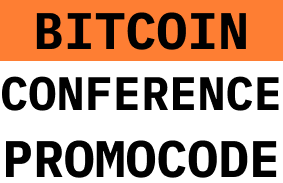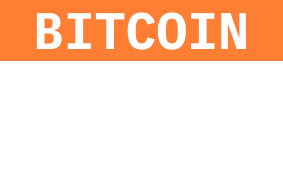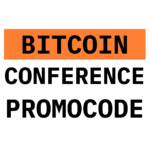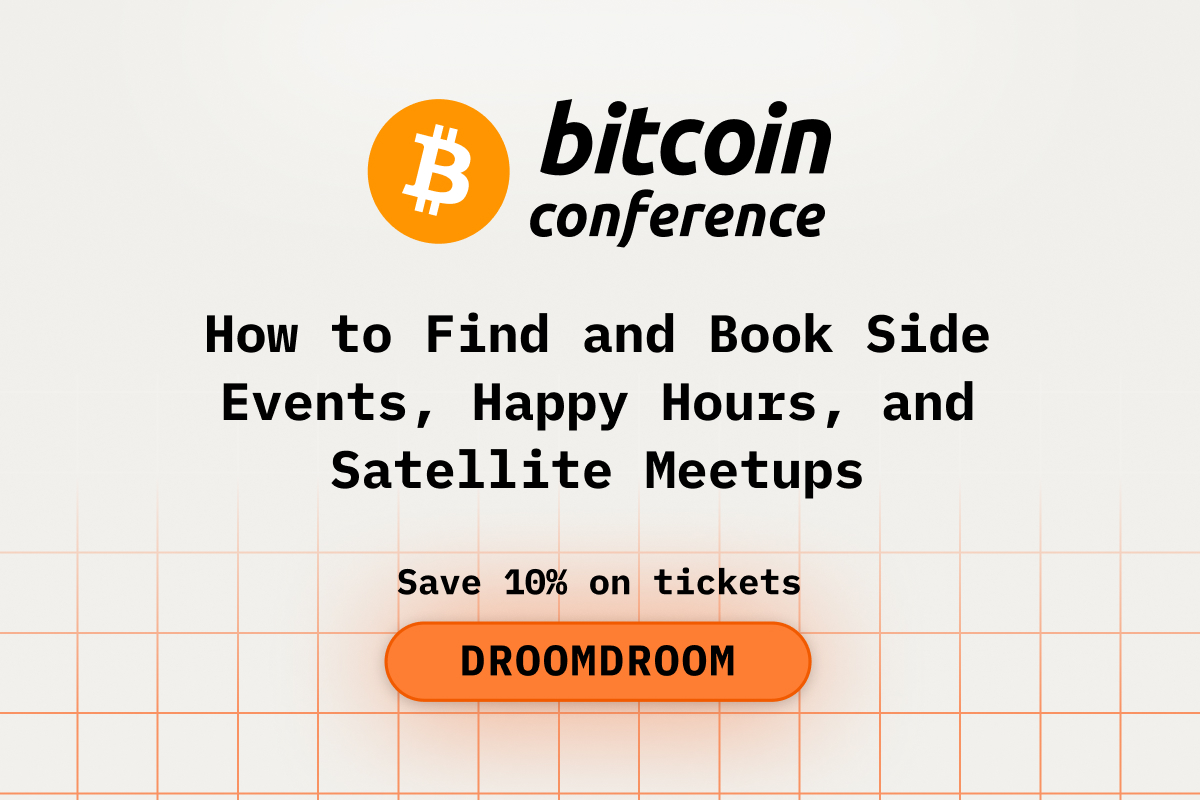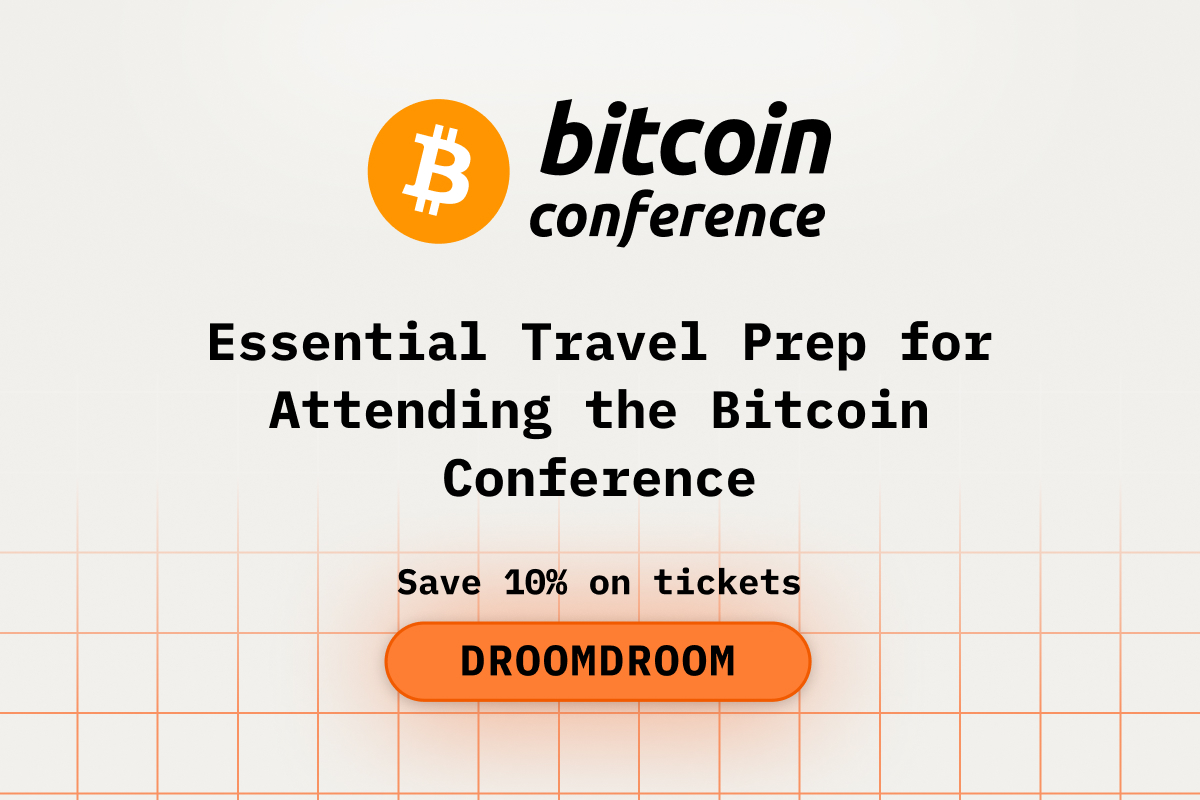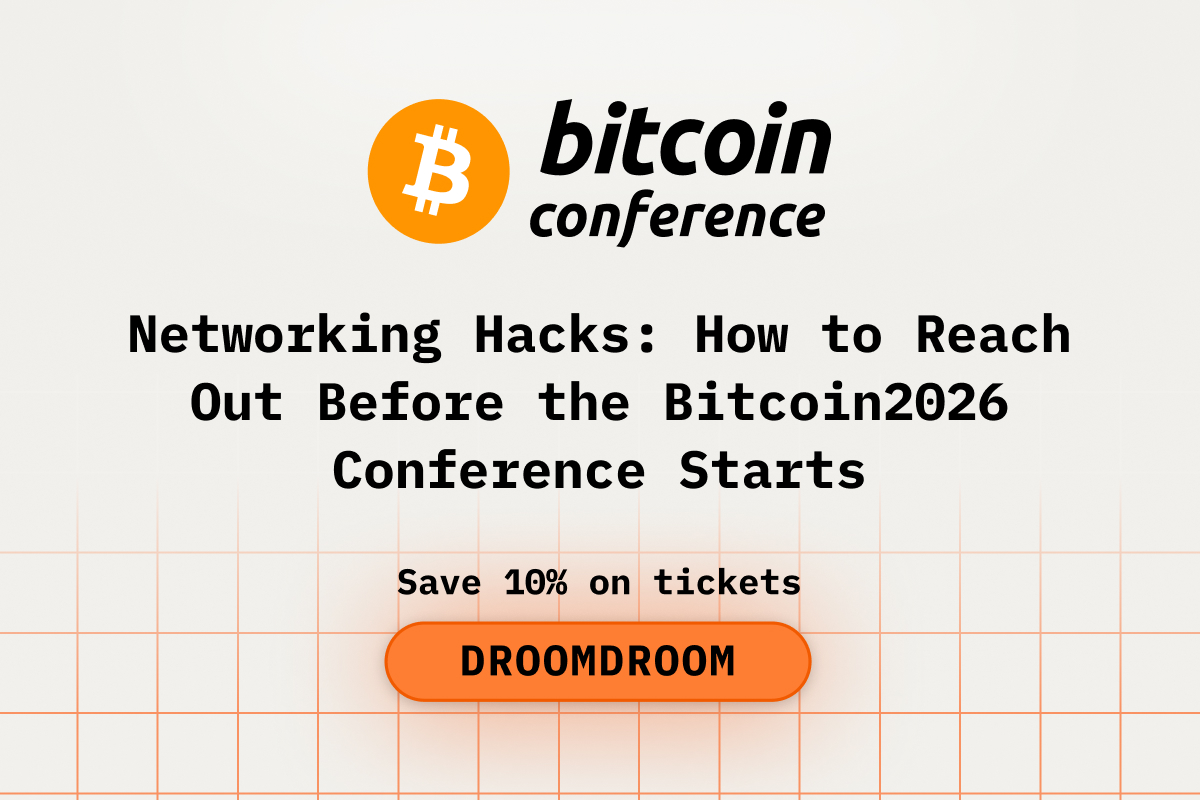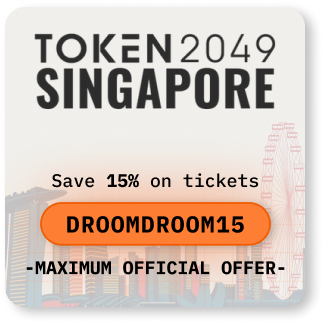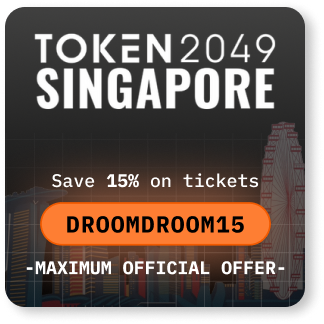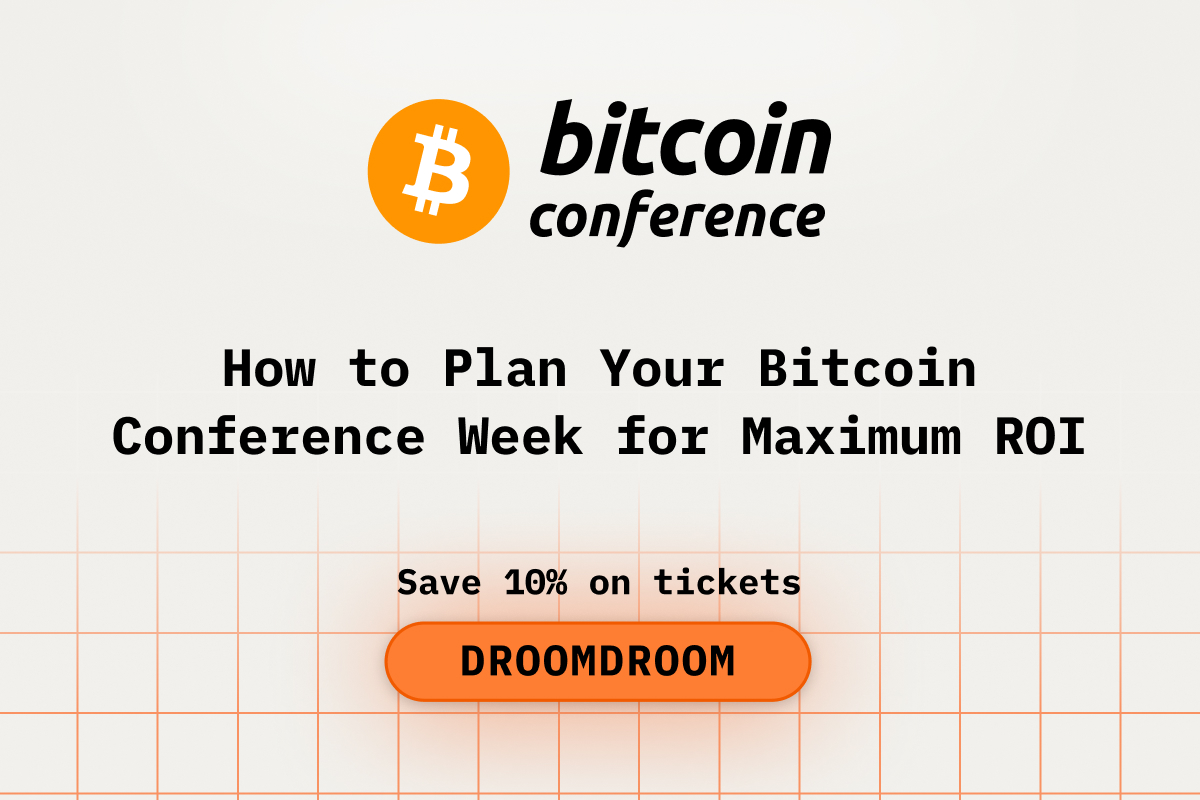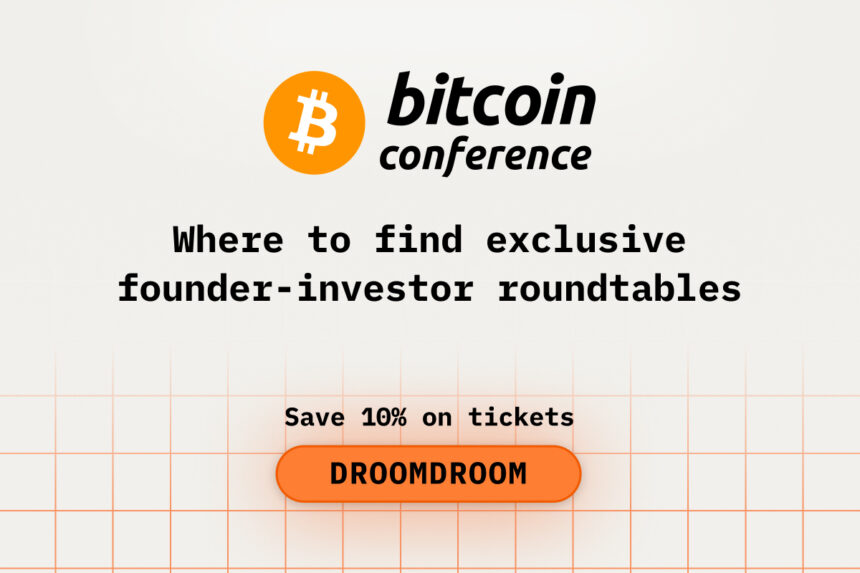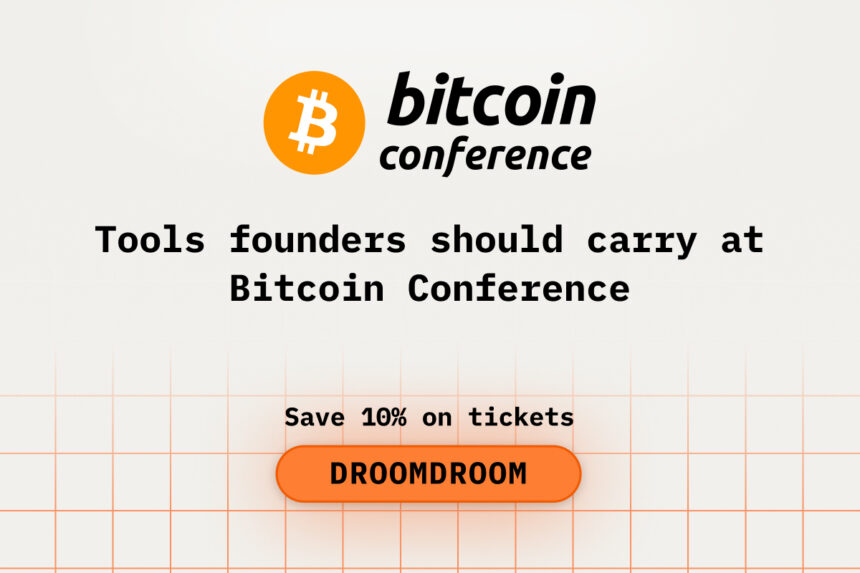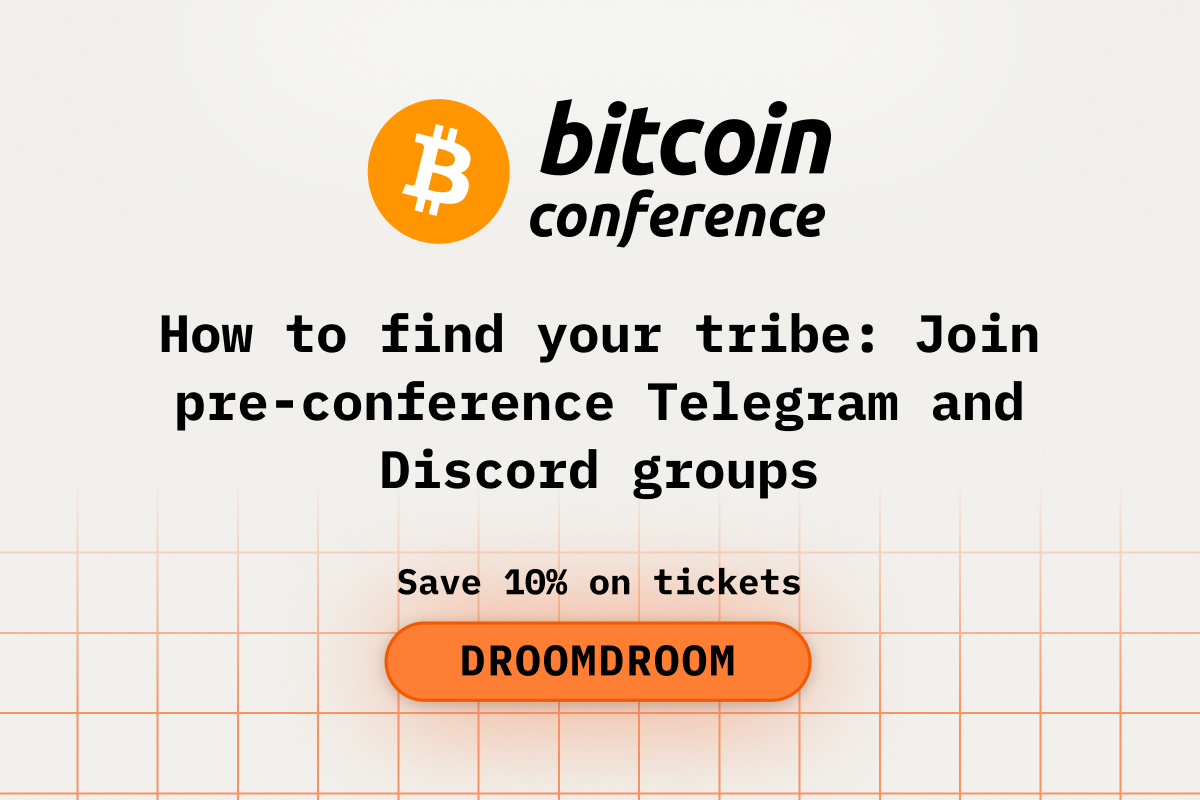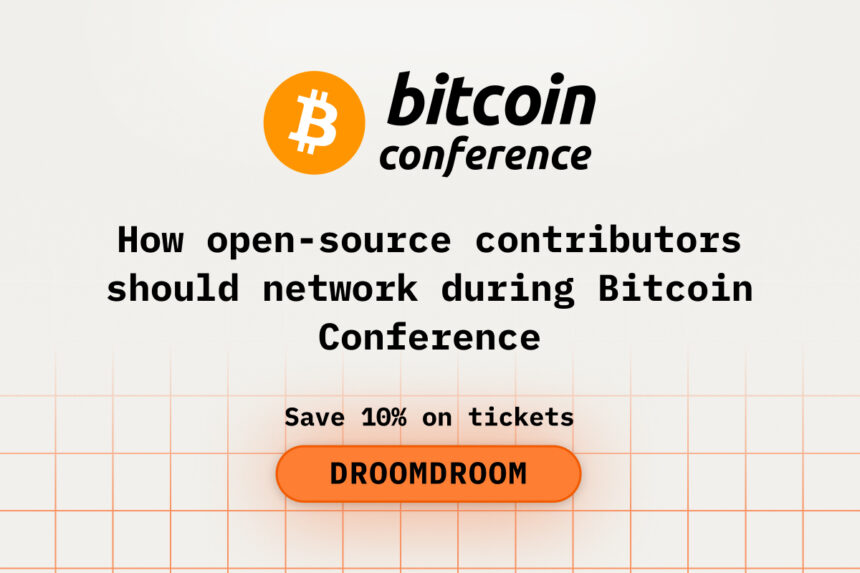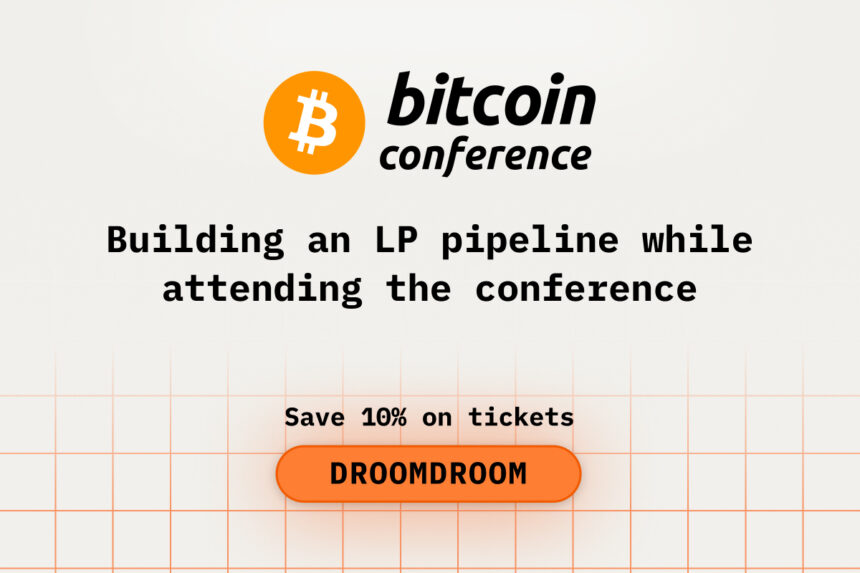If you’re a blockchain founder heading to Bitcoin2026 in Las Vegas, the time between expos is your most valuable asset—especially for VC intros. A polished, concise pitch deck isn’t just a backdrop; it’s your handshake, handshake-to-screen substitute, and credibility beacon all in one.
- Slide Structure with Precision and Purpose
- Speak Bitcoin: Crypto-Specific Concepts Investors Expect
- Traction & Financials: State of Transaction Counts, Users & Dollar Figures
- Team Slide: Why You’re the Founder Investors Are Betting On
- Visual Storytelling: Clean, Technical, and Brand-Aligned
- Practice with Purpose: Rehearse Before the Conference
- Digital Readiness & Backup Strategies
- Know Your Ask: Be Specific, Be Light, Be Smart
- Prepare for VC Questions and Conversations
- Conclusion
Nail the deck, and your conversations go deeper. Miss the mark, and you become a blur between briefcases. If you haven’t secured your attendance yet, now’s the time
Slide Structure with Precision and Purpose
Top-tier decks run a slim 12–15 slides that follow a crisp narrative: problem → solution → product → traction → market → competition → team → ask. VCs are looking for clarity, defensibility, and a clear laser of why now—and why you. Keep each slide tight: no slide should take more than 10 seconds to understand. Minimal lifting, maximum clarity. Avoid dumping code or infrastructure logs. Save them for one-on-one follow-up sessions. A structured deck allows early segue into questions—exactly how VC meetings unfold at Bitcoin conferences.
Speak Bitcoin: Crypto-Specific Concepts Investors Expect
You’re in the heart of Bitcoin territory where VCs already assume you know your consensus layer and mempool latency expectations. Yet they still demand: a clear breakdown of your token flow, utility, and defensibility. Quantify your performance—blocks processed per second, uptime, k hash, revenue from nodes—and be ready to show both code metrics and live demo flow. Align these cold stats with user impact; for example: “10,000 lightning swaps processed monthly drives a 57% reduction in remittance latency across corridors.” That logic is what opens doors.
Traction & Financials: State of Transaction Counts, Users & Dollar Figures
By Bitcoin2026, VCs will want to see more than product code—they’re evaluating growth. Our advice: lead with two slices of traction front and center. Slide headings might be: “$40k monthly revenue, 3200 wallets on mainnet stable” or “15k on-chain transactions processed, 12% MoM”. Then add a financial slide forecast: “With $2M total raised, we are targeting break‑even by 2026 with 350k recurring wallets and $15M self-custody transaction volume.” Fast-moving Bitcoin fintech accelerates traction benchmarks. Be honest; if revenue isn’t there yet, show active protocol usage.
Team Slide: Why You’re the Founder Investors Are Betting On
At Bitcoin-oriented conferences, VCs give extra weight to identity, credibility, and resilience. Show (don’t just tell) how you and your team have navigated harsh market cycles, deployed upgrades on testnet under pressure, and published open‑source protocols. Emphasize a founder-market fit story—like building secure Ethereum-to-Bitcoin wrapping tools after securing a military-grade SIGINT grant or scaling a bank-grade custody service for institutional clients. Investors at Bitcoin2026 know technical grit runs deep. A short slide listing each core member, LinkedIn‑style, with a single line on credibility is enough.
Visual Storytelling: Clean, Technical, and Brand-Aligned
Forget decorative gradients or over-polishing. Your deck should be technical-first, sleek, and simple. Use diagrams to illustrate network flow, smart contract orchestration, or storage nodes—anything that elevates comprehension. Grids and icons help avoid clutter. Don’t present full code; use abstract visuals. Every slide should feel like a rooftop panel at Bitcoin2026—serious, modern, and unafraid.
Practice with Purpose: Rehearse Before the Conference
Once your deck is set, practice pitching until it’s second nature. VCs seldom have patience for bullet-point reading—they expect conversational delivery. Run through your deck out loud six times before leaving home. Record it, time each slide, and refine pacing. Audio clarity matters when huddled in expo hall hallways, TED-style. This level of rehearsal builds confidence—and can make the difference between promo success and disappearing into badge fatigue.
Digital Readiness & Backup Strategies
At Bitcoin2026, your physical meeting may happen anywhere—hallway, hotel lobby, or rooftop bar. Export your deck to PDF and have it on Google Drive/iCloud with a sharing link. Bring an offline-capable version with screen gestures intact. Bonus prep: include an interactive backup link to your GitHub or live testnet. If you’ve not yet purchased a ticket, now is the time
Know Your Ask: Be Specific, Be Light, Be Smart
When a VC asks, “What’s the ask?”, they’re expecting a clear number, use of funds, milestones, and timeline—preferably within a 12‑month runway. Format this in a single easily digestible slide: “Seeking $1.5M seed to reach $200k MRR, expand from 3 to 7 full‑time engineers, and launch mainnet by March 2026.” Anchor it with projected ROI: “Target valuation: $30M at $20k daily burn.” VCs at Bitcoin events appreciate transparency and forward-thinking founder planning.
Prepare for VC Questions and Conversations
Imagine the VC flashing questions straight from the appendix of your deck. Build an FAQ appendix in your deck file: items like down‑token mechanics, burn schedule, code audit results, market defensibility. Notice the VC will ping pull‑up your traction or financial forecast if they’re impressed—so be ready. Don’t get defensive; treat tough questions as shared collaboration. A few investors may test your knowledge live—and they’re watching intently at Bitcoin2026’s interactive lounges.
Conclusion
At Bitcoin2026, your pitch deck will open doors, anchor credibility, and signal readiness to scale in crypto-heavy ecosystems. Scope it tightly: solve the problem, show the scalability in transaction and metrics, balance technical depth with storytelling, back it up with live-rehearsed fluency and clearest ask possible. With this approach and smart preparatory practice, the meetings you secure will be meaningful, informed, and powerful.
